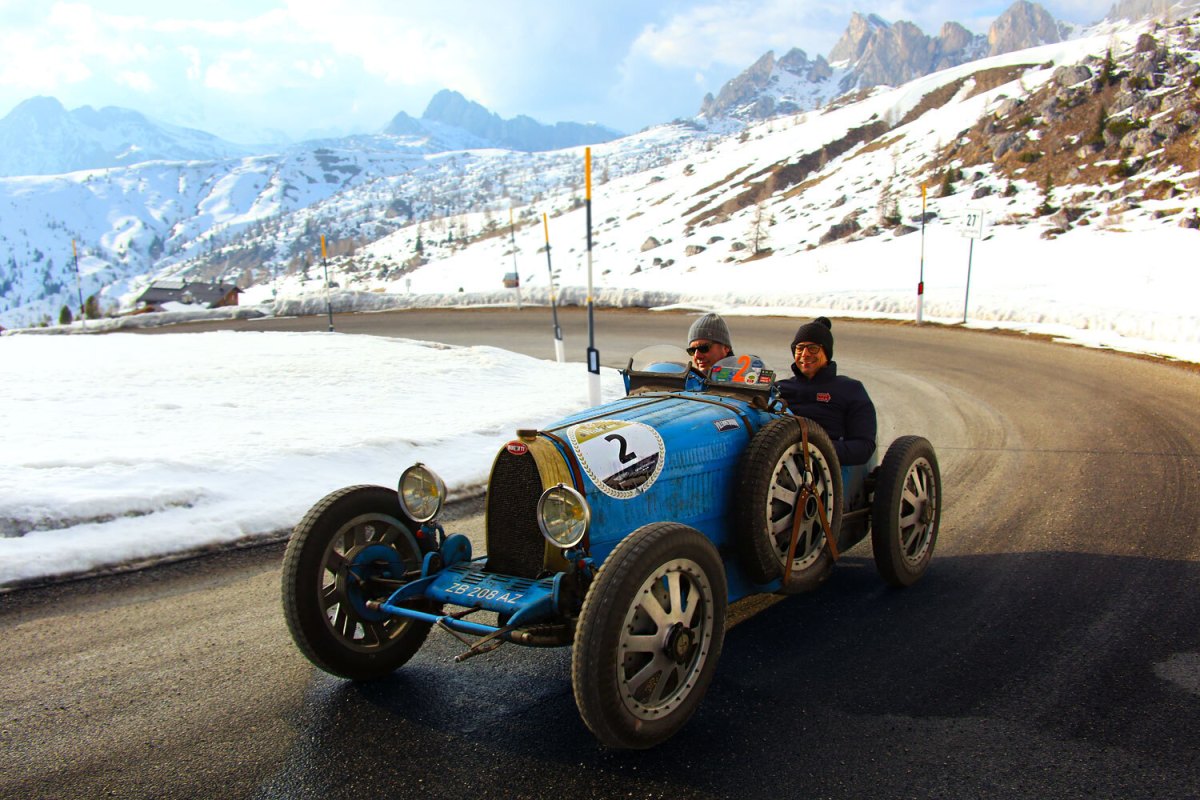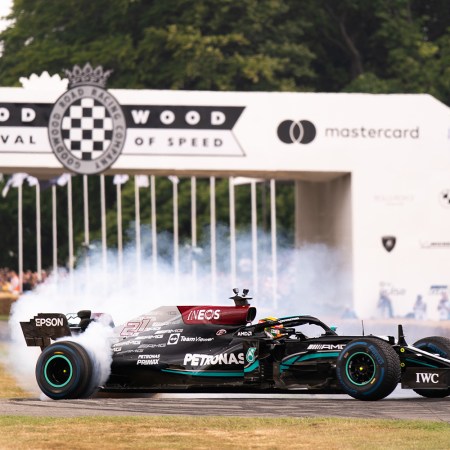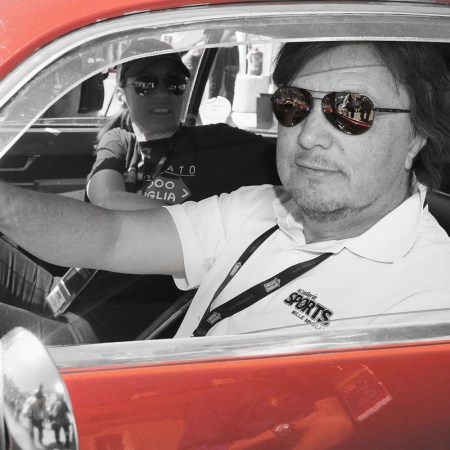Usually the guests of the glamorous Grand Hotel Savoia in Cortina d’Ampezzo, a town equidistant between Venice and Innsbruck, are more smartly dressed. Today, guests are turning up in grubby overalls, wearing beanies and donning many more layers than a walk in the spectacular winter landscape would require. “You know, it can get rather cold driving around here in an open-top car,” says Paolo Cattagni. “That alone is a challenge”.
Cattagni is the driver of one of the 70 cars that competed in this year’s 10th annual Winterace, a 250-mile, two-day regularity race from Cortina d’Ampezzo though the Dolomites, crossing five mountain passes and over the border into Austria, climbing vertiginous, little-known roads and competing in 66 time trials, all before returning to the start for a parade.
Established just a decade ago, Winterace has already become a chicer alternative to Italy’s more famous Mille Miglia. After all, not many races build in stops at Michelin-starred restaurants, a coffee break at the Italian confectioners Loacker and a rest stop within the historic Novacella Abbey. Then there’s the concours event and gala at Grand Hotel Savoia, fortunately enough the only grand hotel in the region with 100 parking spaces. “Parked outside there’s an incredible spectacle in all these amazing cars lined up,” enthuses general manager Rosanna Conti, though she admits to not being much into cars herself.
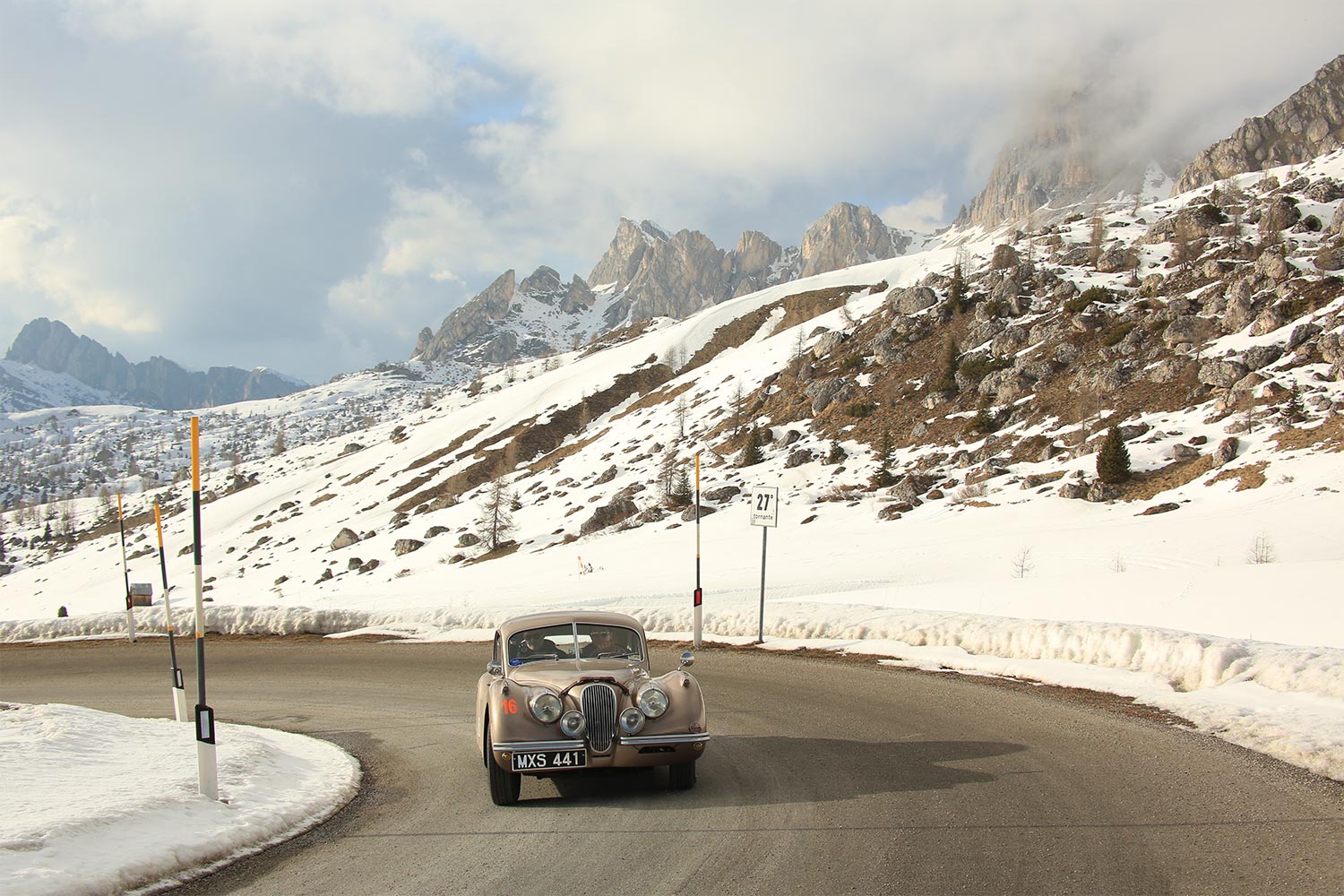
This year some 25 of the teams — which consist of a driver and co-driver, from Mexico and Chile, Holland and the U.K., among other home countries — drive the route in what the organizers call Icon cars: modern, if still rare, Maseratis, Lamborghinis, Ferraris and, to mark its 110th anniversary, plenty of Aston Martins. They benefit from power steering, ABS brakes and, most welcome of all, reliable heating. They sure as hell need it. But the other 45 teams compete in rather less comfortable vintage cars, all dating before 1976. There’s a 1955 Porsche 356 Speedster, 1957 Fiat 1100, 1972 Mini Cooper and, yes, even an open-top 1925 OM 665 Superba and 1927 Bugatti Type 37.
Targa Florio Is the Greatest, Most Dangerous Car Race You’ve Never Heard Of
Historians discuss the romantic and dangerous Sicilian mountain race that inspired the Porsche TargaThere is, consequently, a lot of money on the roads. And presumably some hefty insurance premiums, because the Winterace, as the name suggests, is typically conducted through some seriously unpleasant driving conditions: banks of snow, patches of black ice, the freezing fog at the altitude of the many Alpine passes the cars must negotiate. An unseasonably warm winter this year meant the roads, at least, were clear. But that’s not normally the case.
“I’ve done it in a vintage car without a roof and I can tell you that at minus 10, you really feel it. Especially after 10 hours of driving,” says Cattagni, who drove this year (his sixth Winterace) in the somewhat more secure surroundings of an Aston Martin DBX707 SUV, though he swears that he switched off all the driver assistance electronics. “In an open-top vintage car, you finish the day not being able to feel half of your body. You’re having a kind of transcendental experience.”
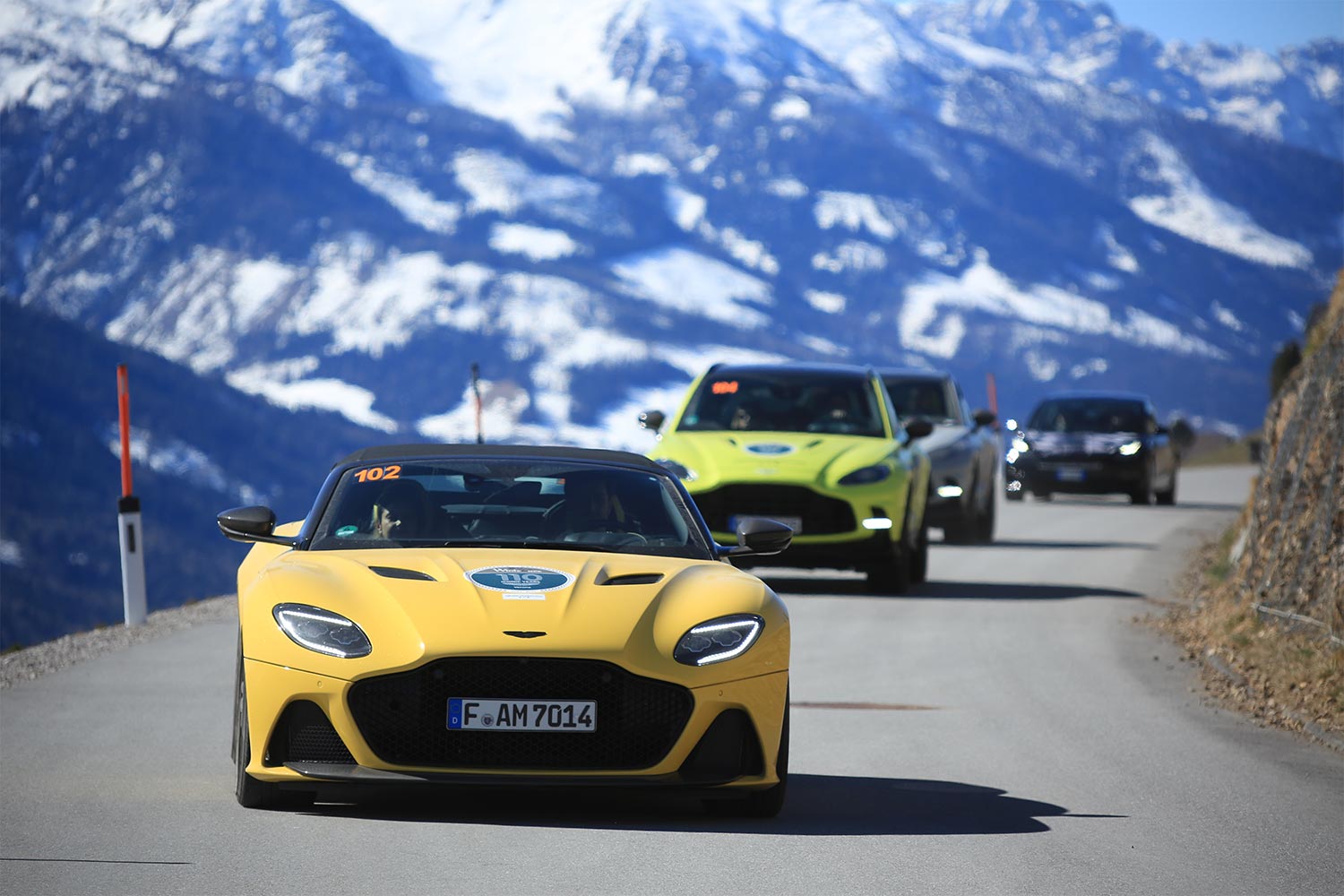
“Some drives I’ve done have been a nightmare, but thrilling at the same time,” he enthuses. “The spirit of the Winterace is driving along 2,500-meter-high passes, very narrow roads, really feeling the connection between the car and the surroundings without any filters, and it’s a really engaging experience that sometimes means you have to fight with Mother Nature. You manage. But you’re also aware that you’re alone in an old car, and at altitude you really see the carburetor struggle. I don’t know how some cars make it. Some don’t. And I’m not brave enough to do it in a pre-war car myself.”
“Sure, the conditions can be challenging [in the ways that other classic road races are not], but that’s all part of the appeal,” reckons Alessio De Angelis, who restores classic cars and, remarkably, won this year’s category race in a 1925 Bugatti that once belonged to Jack Lemon Burton, founding member of the Bugatti Owners Club back in 1929. “I enjoy driving in poor grip conditions — gravel or snow — and to be able to drive this kind of car in rain, or on the ice, isn’t easy. But it is great fun. The secret is to make sure you pay attention to any feedback you can get from the car, to drive not just with your hands on the steering wheel but with your bottom on the seat. But really the Winterace just gets more beautiful every year. There’s this special touch of glamor to it.”
One might suggest that De Angelis — who will also compete in the Mille Miglia later this year — had an unfair advantage, being an ex-rally raid driver, through he laughs and argues that, as a regularity race (in which each segment must be driven in a specific time at a specified average speed), the Winterace requires a different skill set. But maybe that at least explains why he’s sanguine about the idea of skidding off the road into a snow drift. “If the car breaks, it can be fixed,” he says, “just like in the past when these cars were really raced.”
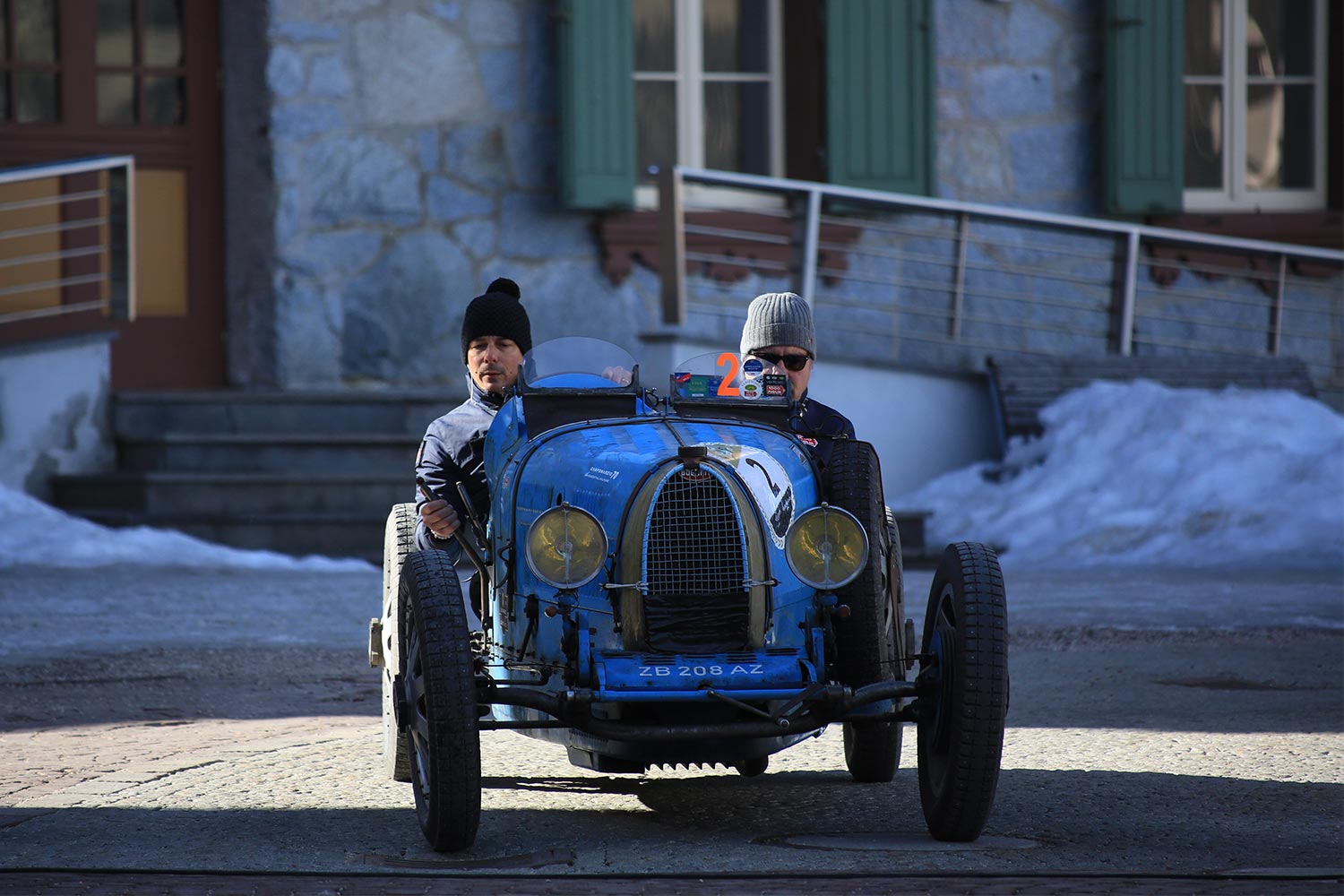
“Managing the often bizarre weather conditions makes the Winterace a new experience [for many of the participants],” says Rossella Labate. “Besides, the drivers must respect the highway code and all speed limits.”
Labate is a one-time official navigator for Alfa Romeo, vintage car obsessive (ever since her father took her as a child to see the rally at Duran Pass in San Martino di Castrozza), veteran of the Mille Miglia, 2012 winner of its Ladies’ Cup and, perhaps most impressively, the creator of the Winterace in her hometown.
“Of course, I know the territory, the landscape and the roads [around here] very well, so that makes organizing the route each year very simple, though it still takes four months,” she says. “We have to check the route multiple times in the run-up to the event too, which is why we only print the road book [the race plan for drivers] just a month before. And even then we have to have alternative routes B, C, D in case there’s a sudden heavy snowfall.”
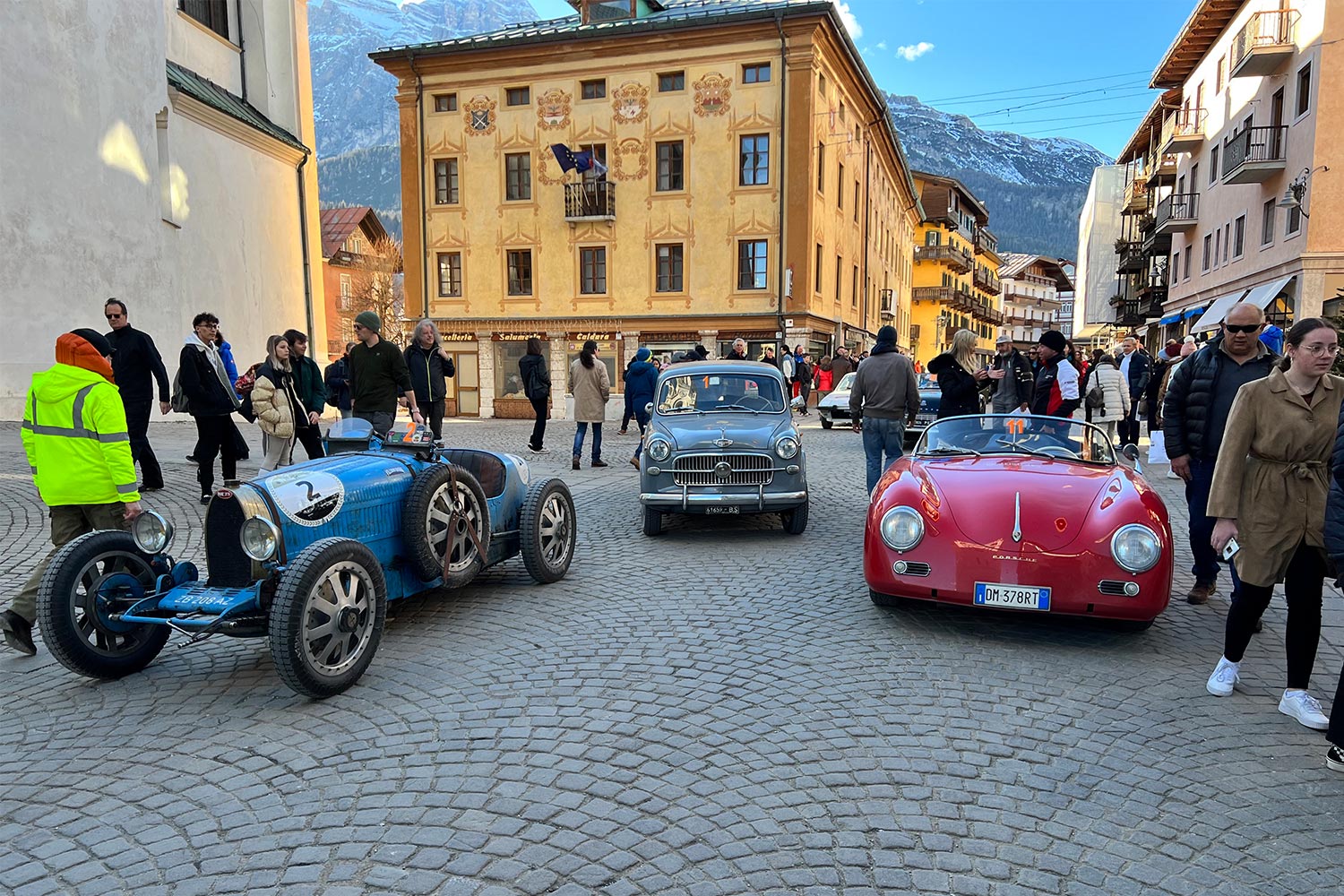
But it’s not just the unusual driving conditions that draws drivers from all over the world — and the numbers coming from abroad are growing every year. It’s the postcard surroundings, she says, the glamor of the event and Cortina’s “remarkable charm.” Taken together, these make the Winterace, she suggests, “the perfect mix of sports activity, culture and luxury vacation — and I think it had to be that magical mix in order to gain the recognition it already has.” Expect more to take note of that after 2026, when the region hosts the Winter OIympic Games.
“The cars, the mood, the setting — I’d argue that it all makes it one of Italy’s top car events now, and especially so as not many people know about it yet,” agrees Cattagni. “But you shouldn’t forget that if you want to win it, and not just enjoy the scenery and the hotel and the parades, it is a real test. It isn’t easy at all.”
“The real fun part of it for me?” Cattagni adds with a laugh. “It’s the other drivers getting lost.”
This article was featured in the InsideHook newsletter. Sign up now.
